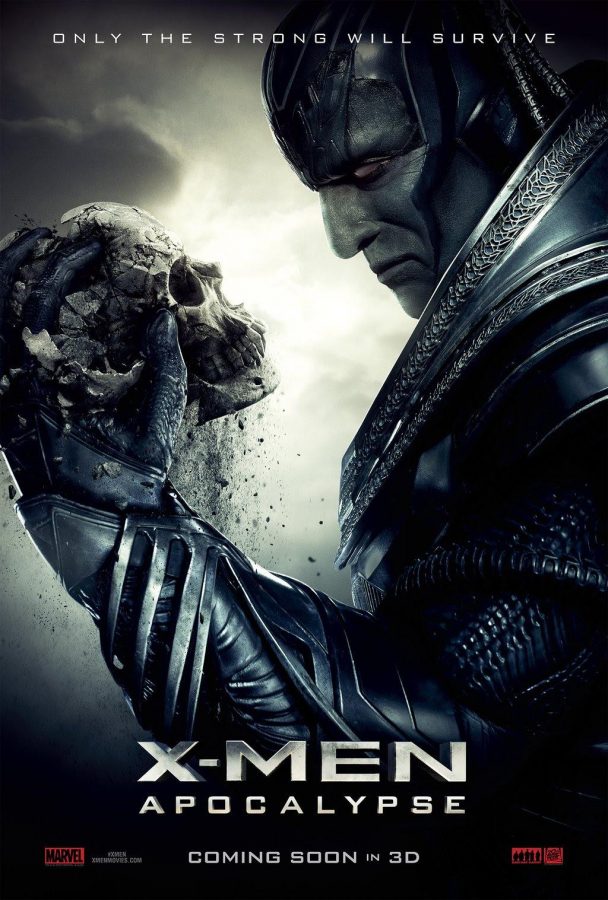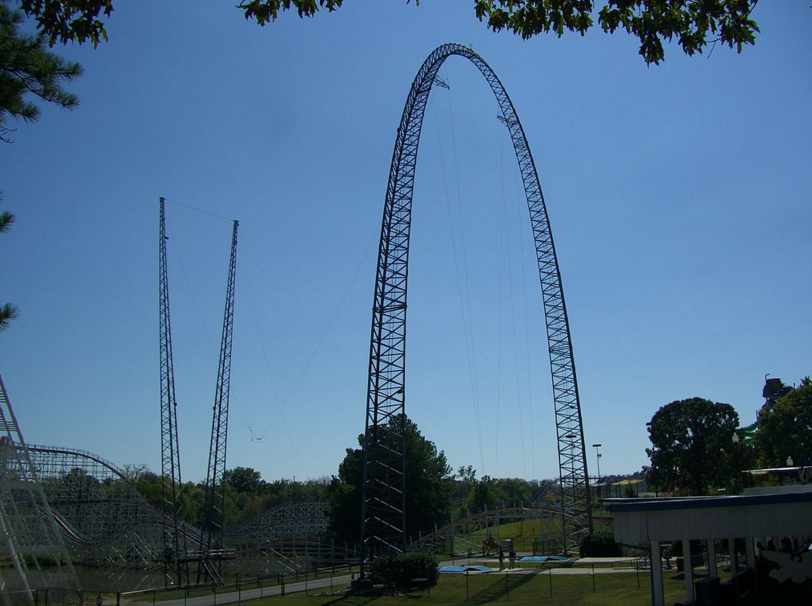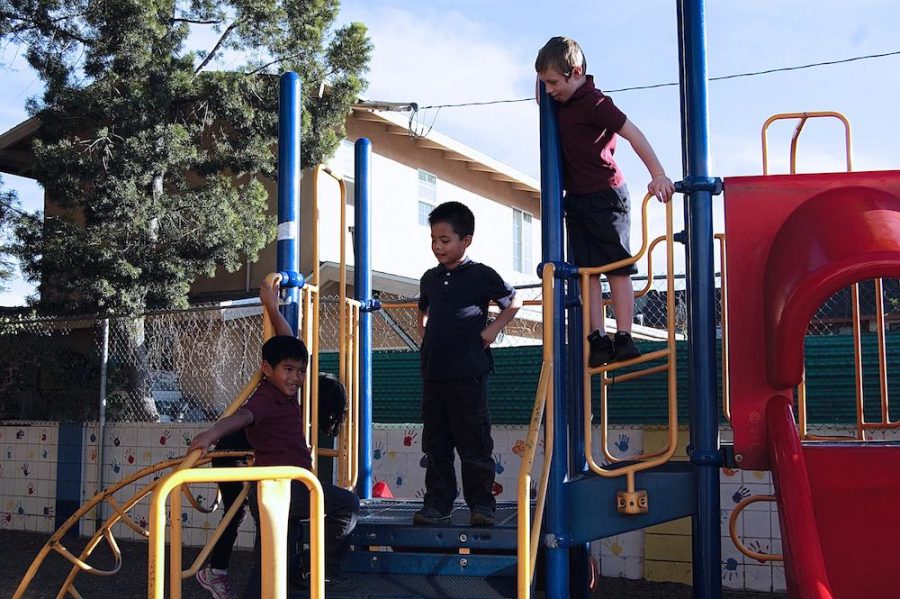(May 24, 2011) — “Hello and, again, welcome to the Aperture Science Computer-Aided enrichment center.” These are the words fans of the 2007 game Portal have been dying to hear. Highly anticipated since its announcement, the sequel to Valve Software’s award-winning game, Portal, was finally released on April 18. Portal gained popularity for its clever, original gameplay and use of dark humor. In Portal, you play as Chell, a test subject in the Aperture Science Computer-Aided Enrichment Center, who is forced by GLaDOS, a maniacal AI, to complete test chambers with nothing but a Handheld Portal device. The device allows you to place two interconnected portals onto the surfaces of the test chamber. Successful completion of the test chambers requires not only reflexes, but lateral thinking and sometimes large amounts of momentum. Fortunately, the sequel maintains and improves upon the original’s brilliant characters and gameplay. Taking place several hundred years after the events of the first game, Chell wakes up after being kept in suspended animation. Chell is immediately thrust back into the harsh world of the Aperture Science Enrichment Center, which is now in a state of disrepair due to the destruction of GLaDOS at the conclusion of the first game. Throughout the game, you are guided by Wheatley, an autonomous and generally clueless personality sphere (voiced by Stephen Merchant), as you attempt to escape the facility. During your attempt, Wheatley accidentally awakens, GLaDOS who is in fact Still Alive, with the instantly quotable line, “I think we can put our differences behind us. For science. You monster.” GLaDOS captures you and forces you to resume testing as revenge for previously destroying her. The game continues with hilarious dialogue and seemingly impossible test chambers. GLaDOS continues to taunt you throughout the test chambers, claiming you are adopted and constantly making wise cracks about your weight. It is clear that Valve spent much time perfecting the script for the game. Not many games include clever dialogue to the extent that Portal 2 does. During the game, there are times when you will be badgered with encouragement from Wheatley and, at others, criticism from GLaDOS. You’ll need to play the game several times before you can be sure you’ve heard every line of dialogue. Prerecorded messages left by Cave Johnson, the founder of Aperture Science, also reveal the mysterious history of the company and GLaDOS. Many new dynamic gameplay mechanics have been incorporated to create a brand new testing environment. Repulsion Gel allows for higher jump, Propulsion Gel allows for super-fast sliding, Excursion Funnels suspend you in a churning tube of liquid asbestos, and Aerial Faith Plates allow you to soar gracefully though the air “like an eagle piloting a blimp.” This all translates into brand new challenges and mind-bending movements through space. Portal 2’s story will keep you constantly engaged and every plot twist will keep you wondering what’s coming next. Happily, after completing the long campaign, you may continue to perform tests with a partner in Portal 2’s entirely separate Co-Op campaign. You and a partner must work together to finish test chambers that can only be completed with the use of two portal guns. Co-Op, which also has its own storyline, requires you to think as a team and help each other through each test. All of the qualities that made Portal such a success are present in this original, fun, creative and hilarious sequel. And remember, in the words of Cave Johnson, “When life gives you lemons, don’t make lemonade, make life take the lemons back! Get mad! DEMAND TO SEE LIFE’S MANAGER! MAKE LIFE RUE THE DAY IT THOUGHT IT COULD GIVE YOU LEMONS!”
Categories:
Portal series continues to satisfy gamers
May 24, 2011
More to Discover








